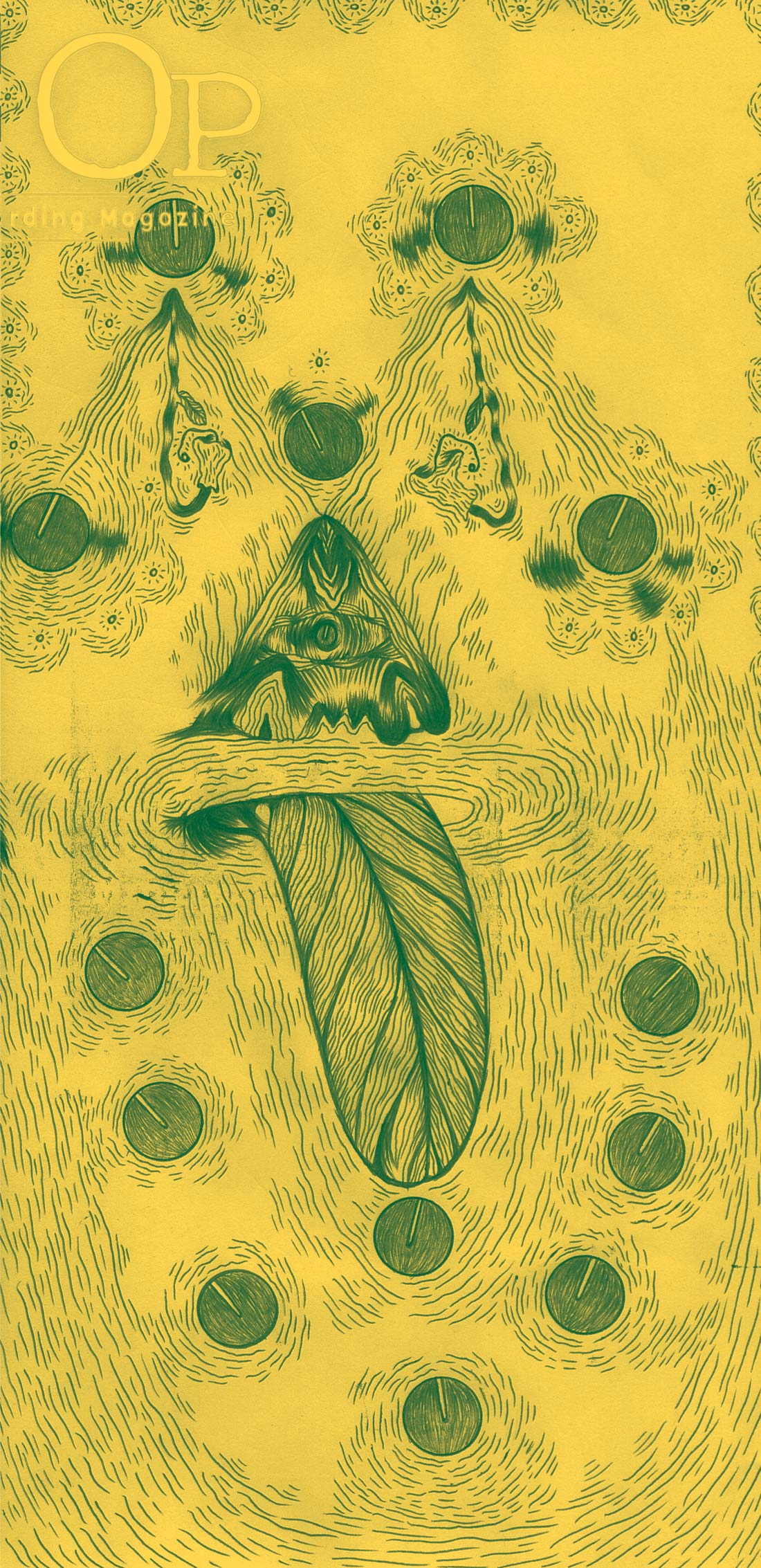I know that this little synthesizer is already very popular and quite a few units have sold, but just in case you somehow haven't heard or seen one, let me clue you in. This is one bestseller that lives up to the hype! I kept seeing these around and then heard Jon Brion use one live, while Larry mentioned that the Sigur Rós guys had a few of these too. Two of my favorite music makers putting it to use was enough incentive for me to go out and buy one. The microKORG is an analog- modeling digital synthesizer and vocoder. The unit looks cool in a vaguely retro way, and it even has fake wood sides that look pretty real-a classy touch. Its mini keys are a minor hassle, but you can operate it via MIDI from a larger keyboard. Bottom line: the package may be small, but the sound is not! I've got vintage Moog, ARP, and Sequential synths in my studio, but when they all get set up and patched in, the little microKORG seems to get the most use. It sounds great, stays in tune, and is easy to program. The presets are broken up into several groups: Trance, Techno/House, Electronica, Hip-Hop/Vintage, Retro, and SFX/Hits. Each sound group has two banks of eight sounds. In all cases, the synth sounds great, faithfully emulating its bigger analog cousins. The user interface is well thought out, and while there's not quite a knob or switch for every function or parameter, there are individual knobs that default to filter cutoff frequency and resonance, attack and release, and tempo. Additional edit parameters (and there are a lot, this is a deep sound engine!) are accessed with two edit select knobs that change the functions of the previously mentioned knobs. A graphic grid on the faceplate provides the map of the edit parameters while a three-digit LED shows the values of each parameter as it's changed. Not the most amazing interface, but fairly easy to navigate, and a great compromise considering the size, cost, and depth of this synth. During a session with the band Giant Squid, without cracking the manual, we quickly figured out how to MIDI-sync the tempo of the built-in arpeggiator to the clock of the drum machine the band was using for a click track.
One of the main reasons I bought the microKORG, however, was for the eight-band vocoder. A vocoder is one of those effects I love to have around, but let's face it, how often does it really get used? And, a real vocoder is not cheap. I built the PAIA vocoder kit a few years back. It's cheap, but frankly, it sounds pretty cheap; and it's difficult to get sounds within operating ranges. I was a bit skeptical about the microKORG's vocoder. Would it really sound and feel like an analog vocoder? Indeed it does! The vocoder works and sounds great, and it's very easy to use with its built-in gooseneck mic. My most recent test of the vocoder was on a mix. The microKORG has two mic inputs (an 1/8'' socket for the removable gooseneck plus a 1/4'' input) and a line input. I routed an aux send from the console to the line input but was unable to get any sound even though the input light indicated signal present. I thought I had everything switched correctly, but in any case, I just ran the signal into the 1/4'' mic input, and it worked great. I was mixing a record for the band Jackpot, and we ran guest vocalist Jason Lytle's background vocals through the microKORG to great effect. The inputs can also be used to route audio through the microKORG's filters and built-in modulation and delay effects.
The microKORG is a great addition to any studio on any budget, and the fact that it's cheap is a bonus. Factor in the Vocoder and its external audio processing possibilities, and this unit is a slam-dunk! ($500 MSRP; www.korg.com)




_disp_horizontal_bw.jpg)